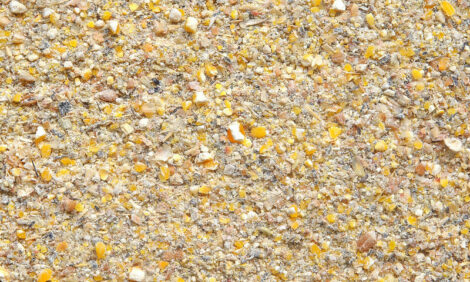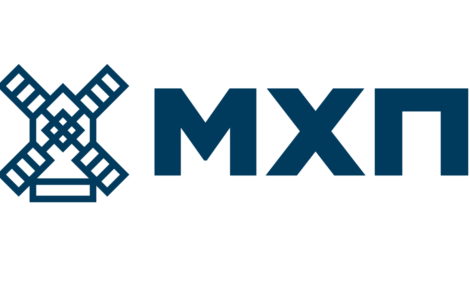



Industry Bodies Unite to Cut Nicarbazin in Poultry
UK - The Food Standards Agency, British Poultry Council, National Farmers' Union and Veterinary Medicines Directorate have produced a leaflet to help farm owners, their managers and workers reduce nicarbazin residues in chicken through better feed storage and distribution management systems.Nicarbazin is a medicated feed additive used to treat a debilitating poultry disease called coccidiosis.
The leaflet, which can be found at the link below, will be e-mailed to farmers and can be printed out as a poster. It was produced following the publication of the joint government and industry report Reducing the incidence and levels of nicarbazin residues in British chicken in May 2008 (click here).
The key guidelines in the leaflet are:
- Order and use precisely the required amount of feed containing nicarbazin.
- If practical, run the feed bin empty at the end of the grower stage.
- In the period at least five days before the birds go to slaughter, ensure feed bins are empty of feed containing nicarbazin.
- Completely empty the bin when switching to feed that doesn’t contain nicarbazin. Failure to empty bins will result in a higher risk of residues.
- Ensure no residual feed from previous crops or another farm is given to birds five days prior to slaughter.
- Sign up for the Elanco training sessions on residue reduction and avoidance by emailing the Elanco Poultry Support team at [email protected].
This advice represents the Agency continuing its efforts to encourage good practice among poultry farmers to help further increase awareness regarding nicarbazin and encourage industry to follow good practice. The aim is to further reduce the incidence and levels of nicarbazin detected under the Veterinary Medicines Directorate's statutory surveillance programme.
Nicarbazin is a specified feed additive used for the treatment of coccidiosis, a potentially fatal and debilitating disease of chickens. The Agency considers that the levels of nicarbazin currently found in British chicken do not pose a significant food safety health risk but recognise that consumers expect these residue levels to be kept to a minimum, especially where they are avoidable with good farm practice.
The science behind the story
Nicarbazin is a coccidiostat (anticoccidal) used to treat a protozoan disease, coccidiosis, that can be debilitating or even fatal to poultry. It is used as a feed additive to control the disease at a critical period of the birds' lives but should not be used within five days of the birds' slaughter. This ensures no appreciable residues of it remain in chicken for human consumption. It is combined in equal amounts with another coccidiostat, narasin, in the only UK-licensed product that contains nicarbazin, Maxiban.
Residues can be found in poultry meat but are more common in poultry liver. Neither is a significant food safety risk at the levels found but they can be avoided with good farm practice.
A UK action level for residues has been set at 200 µg/kg based on international Joint FAO/WHO Expert Committee on Food Additives considerations. Residues over 1000 µg/kg are investigated on-farm by the Animal Medicines Inspectorate as this amount suggests a possible failing in feed management. This recent investigation considered all detectable residues, including those below 200 µg/kg, which greatly increased the amount of data available to assess risk factors.
Further Reading
| - | You can view the new leaflet Nicarbazin (Maxiban*): How to reduce nicarbazin residues in chicken by clicking here. |








